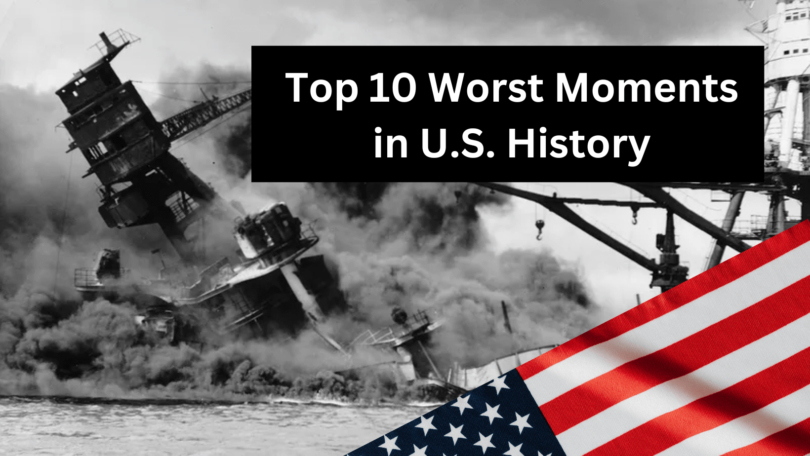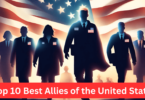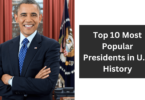In this article, we will explore the top 10 worst moments in U.S. history, each of which has left a lasting impact on the nation and its people.
The history of the United States is a tapestry woven with moments of triumph, progress, and unity.
However, it is also marked by instances of turmoil, tragedy, and division.
Worst Moments in U.S. History
1. The Civil War (1861-1865)
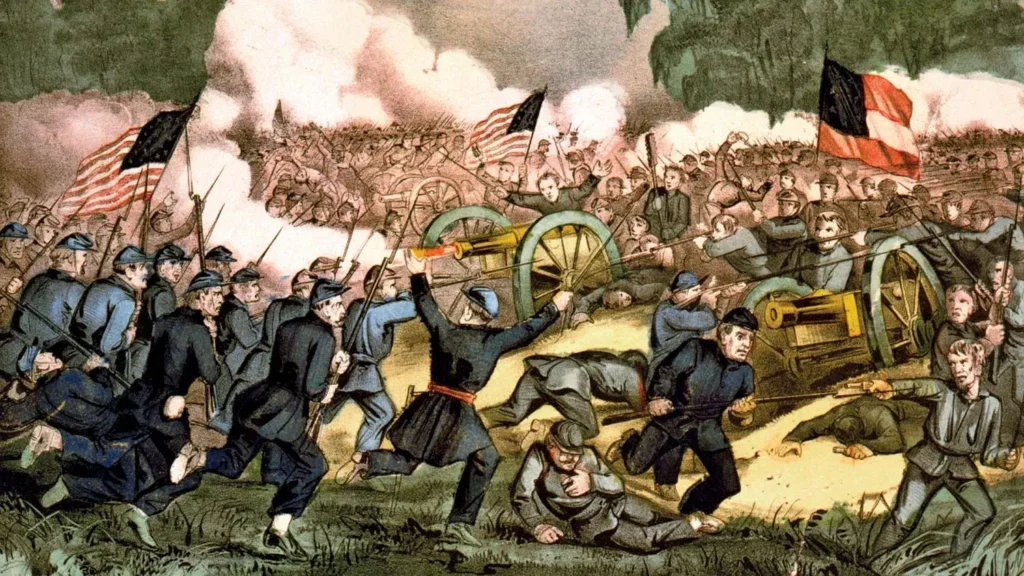
The American Civil War remains one of the worst moments in U.S. history. It pitted brother against brother and resulted in the death of approximately 620,000 Americans.
The war was a culmination of tensions over slavery and states’ rights, leaving deep scars on the nation’s soul.
Approximately 620,000 soldiers and countless civilians lost their lives during the war, making it one of the deadliest conflicts in American history.
After the war, the United States faced the daunting task of rebuilding the South and reconciling a deeply divided nation. The Reconstruction era aimed to address issues of civil rights and integration but was fraught with challenges.
2.The Trail of Tears (1838-1839)

The Trail of Tears is a tragic and harrowing chapter in American history, illustrating the brutal treatment endured by Native American communities during the early 19th century.
It primarily affected the Cherokee Nation, but also involved the forced removal of other indigenous groups, including the Choctaw, Creek, Chickasaw, and Seminole tribes.
The U.S. government, driven by a desire for westward expansion and access to fertile lands, enacted the Indian Removal Policy in the 1830s.
This policy forcibly relocated indigenous peoples from their ancestral lands to lands west of the Mississippi River, which were considered less valuable at the time.
3.Japanese Internment (1942-1945)

During World War II, the U.S. government enacted a policy of Japanese internment, leading to the forced relocation and confinement of over 120,000 Japanese Americans, two-thirds of whom were native-born citizens.
The attack on Pearl Harbor by Japan in 1941 triggered widespread fear and suspicion towards Japanese Americans.
President Franklin D. Roosevelt signed Executive Order 9066 in 1942, authorizing the evacuation and internment of Japanese Americans.
4.The Great Depression (1929-1930s)
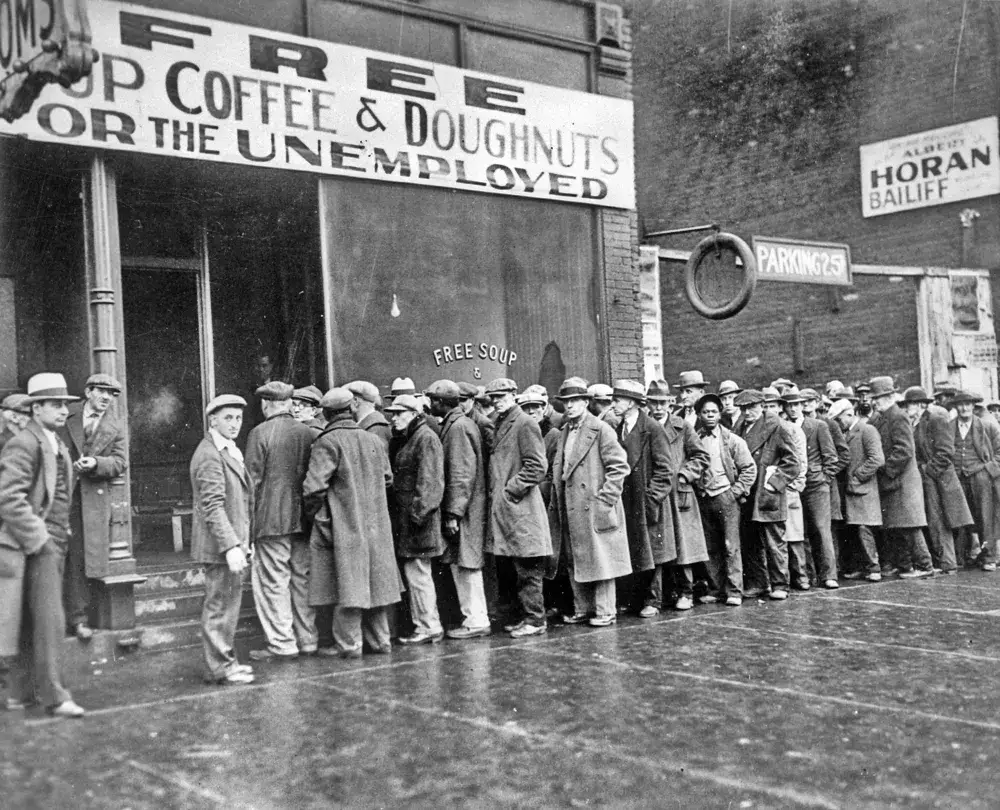
The Great Depression was a catastrophic economic crisis that engulfed the United States and much of the world during the 1930s. Triggered by the 1929 stock market crash, it resulted in severe unemployment, widespread poverty, and social upheaval.
The Wall Street Crash of 1929 sent shockwaves through the global economy, leading to a precipitous decline in stock prices and a collapse of investor confidence.
The Great Depression left an enduring imprint on American society, influencing economic and political decisions for decades to come, and emphasizing the importance of effective government intervention during economic crises.
5.The Assassination of President Abraham Lincoln (1865)
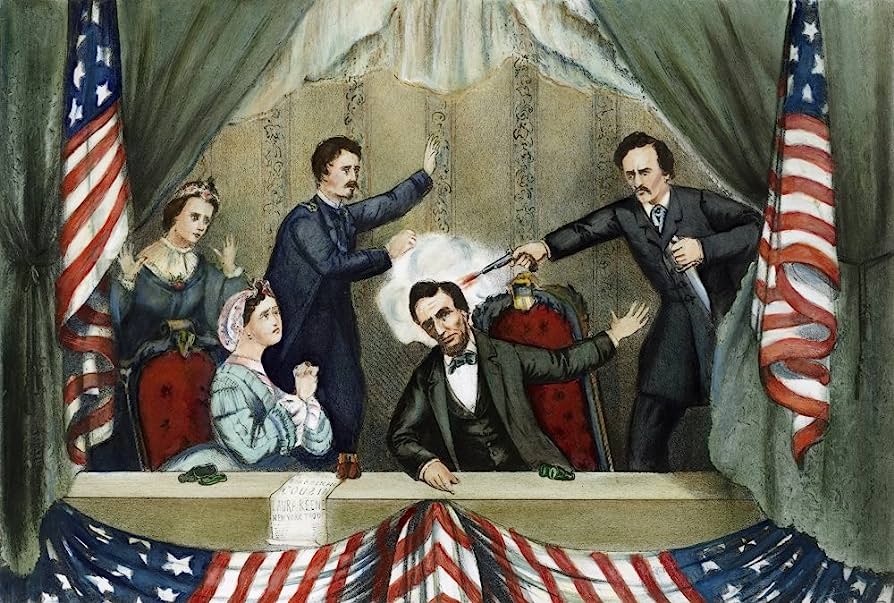
The assassination of President Abraham Lincoln by John Wilkes Booth, shortly after the end of the Civil War, cast a shadow of grief and uncertainty over the nation’s reconstruction efforts. Lincoln’s leadership had been instrumental in bringing the country through the Civil War.
Lincoln was shot by Confederate sympathizer John Wilkes Booth while attending a play at Ford’s Theatre in Washington, D.C.
President Lincoln succumbed to his injuries the following day, making him the first U.S. president to be assassinated.
6.The Attack on Pearl Harbor (1941)

The surprise attack by Japan on the U.S. naval base at Pearl Harbor led to the United States’ entry into World War II. It resulted in the deaths of over 2,400 Americans and marked the beginning of a global conflict that would claim millions of lives.
Japanese bombers and fighters launched a devastating assault on the naval base, sinking or damaging eight U.S. battleships, numerous aircraft, and claiming the lives of over 2,400 Americans.
The attack prompted the United States to officially enter World War II the following day, as President Franklin D. Roosevelt delivered his famous “Day of Infamy” speech to Congress.
7.The Vietnam War (1955-1975)

The Vietnam War was a deeply divisive conflict that led to the loss of over 58,000 American lives and caused social upheaval at home. The war remains a symbol of the challenges of American interventionism and the protests it sparked.
The Vietnam War was emblematic of the Cold War rivalry, with North Vietnam supported by the Soviet Union and China, while the United States backed South Vietnam.
U.S. involvement escalated over time, with troops reaching a peak of over 500,000 in the late 1960s. The war saw intense combat, guerrilla warfare, and heavy bombing.
8.The September 11 Attacks (2001)

On September 11, 2001, terrorist attacks on the World Trade Center and the Pentagon killed nearly 3,000 people and shook the nation.
It prompted the U.S. to engage in the global war on terror and ushered in a new era of heightened security measures.
Nearly 3,000 people lost their lives in the attacks, making it the deadliest terrorist act in world history and profoundly impacting families and communities.
9.The Red Scare and McCarthyism (1950s)

The McCarthy era, characterized by rampant anti-communist hysteria, saw the blacklisting of alleged communist sympathizers, damaging careers and reputations. The fear-driven political climate during this period was a worst moments in U.S. history
Four commercial airliners were hijacked by terrorists. Two planes were flown into the World Trade Center towers in New York City, causing their collapse. Another plane hit the Pentagon in Arlington, Virginia, while the fourth crashed in Pennsylvania after passengers intervened.
Nearly 3,000 people lost their lives in the attacks, making it the deadliest terrorist act in world history and profoundly impacting families and communities.
10.The 2008 Financial Crisis
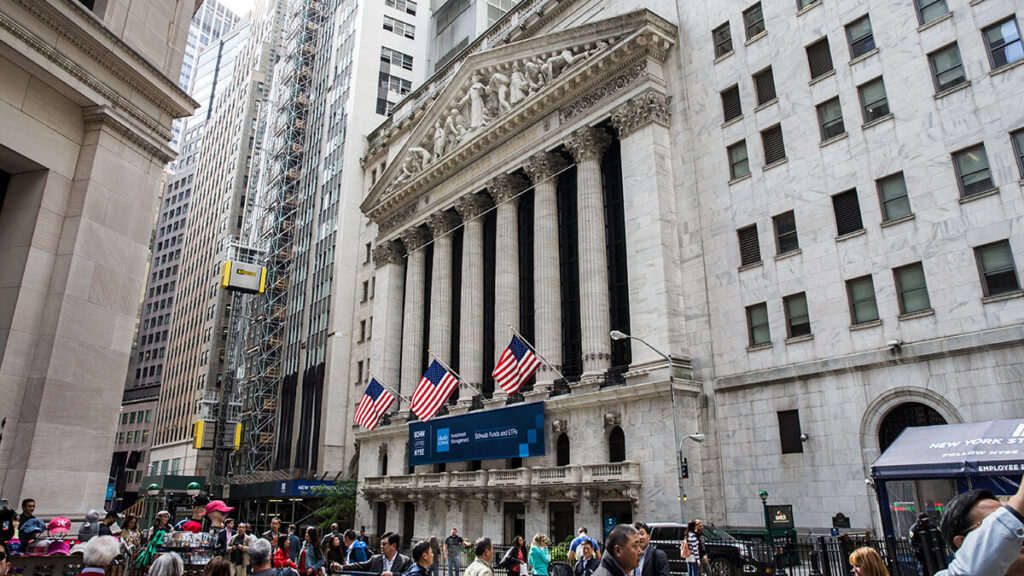
The 2008 financial crisis resulted in a severe economic downturn, with widespread home foreclosures, job losses, and the collapse of major financial institutions. It exposed weaknesses in the financial system and had lasting effects on the economy.
Senator Joseph McCarthy spearheaded the anti-communist crusade, making sweeping and often unfounded accusations of communist infiltration in the U.S. government, entertainment industry, and academia.
McCarthyism led to the persecution and blacklisting of individuals based on their political beliefs, damaging careers and reputations.
The history of the United States is a complex tapestry of moments, both positive and negative.
These top 10 worst moments in U.S. history serve as reminders of the challenges the nation has faced and the resilience it has demonstrated in overcoming them. Understanding and acknowledging these dark moments is essential for the nation’s growth, healing, and commitment to a more just and equitable future.


